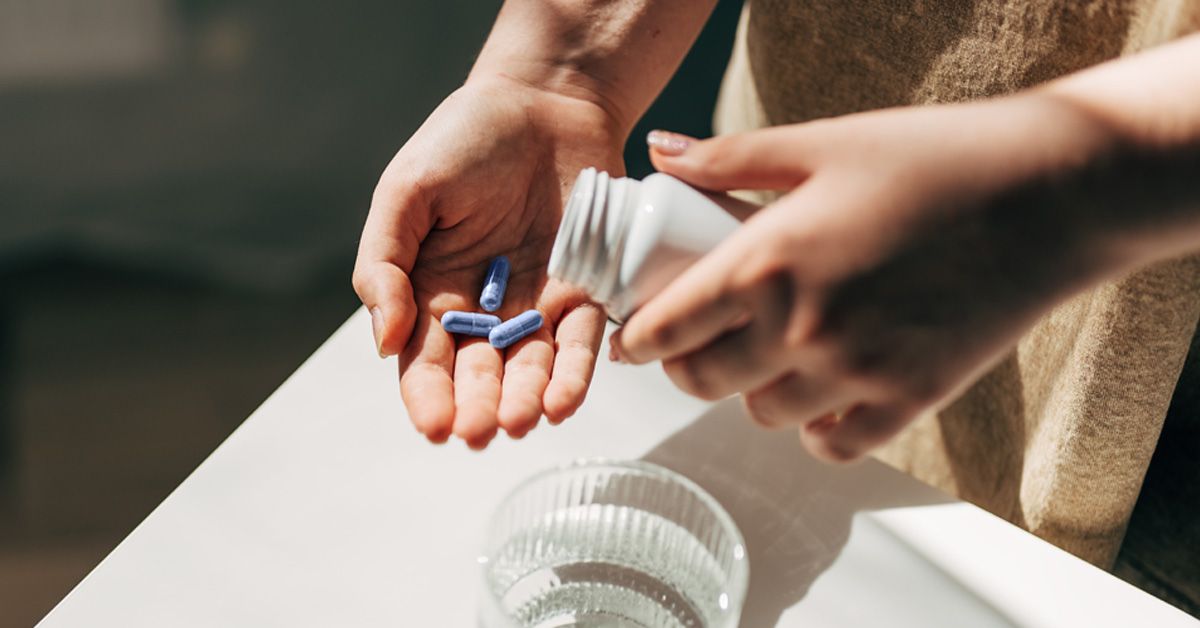- Most people with hypertension need to take multiple medications, which adds to their “pill burden.”
- A new study from the University of South Wales found that a new pill combining low doses of three different anti-hypertensive medications surpassed a current high quality standard care treatment plan using one anti-hypertensive drug.
- The new triple combination medication for treating hypertension is called GMRx2.
Researchers estimate that about
There are a variety of medications available to treat high blood pressure. It is not uncommon for a person to have to take multiple different medications for blood pressure on a daily basis.
Having multiple medications to take each day can increase a person’s “medication burden” or “
A new study recently published in the
This study was part of the Phase 3 clinical trial of the new triple combination hypertension medication called GMRx2, manufactured by George Medicines.
For this study, researchers recruited about 300 Black African study participants with uncontrolled hypertension living in Nigeria.
Half of the participants received the GMRx2, a once-daily pill combining low doses of three anti-hypertensive medications: telmisartan, amlodipine, and indapamide.
“It is a single pill combination of three medicines, each at low doses – with multiple mechanisms it increases efficacy and with low doses it minimizes side effects,” Anthony Rodgers, PhD, professorial fellow at the The George Institute for Global Health at the University of New South Wales in Australia and corresponding author of this study told Medical News Today.
The other half of the study participant pool received the current high blood pressure standard care treatment plan recommended by the Nigerian Ministry of Health, which starts with one medication and is followed by second and third drugs added as needed.
“This new paradigm is based on the evidence that at low doses, most benefits are maintained and most adverse effects avoided,” Rodgers explained. “It is important to test any new paradigm against well implemented current practices.”
After six months of treatment, Rodgers and his team found that study participants taking the GMRx2 combination pill had a 31 mmHg lower home systolic blood pressure, compared to a 26 mmHg lower in the group following standard care protocols.
Previous research correlates a
“Finding large and sustained blood pressure reductions are important — each mmHg of raised blood pressure raises your chance of a cardiovascular event (heart attack or stroke) by about 2%,” Rodgers said.
The scientists also discovered that after only one month, 81% of study participants receiving the GMRx2 combination pill achieved clinic-measured blood pressure control versus 55% following standard care for hypertension.
This improvement continued at six months with 82% of the GMRx2 achieving control, compared to 72% receiving standard treatment.
“These were certainly the kind of results we were hoping for,” Rodgers said. ”It is worth bearing in mind that ‘standard care’ in this trial was much better than average care — even in high income countries, such good results are rarely seen. So it was especially exciting to see the new strategy do even better.”
“The main priority is to make this available to patients,” he continued. “We submitted to the FDA last month and plan to submit to other countries, including in Nigeria and elsewhere in Africa, as soon as possible. Following on from this we see the next stage is implementation research, to guide the optimal ways to scale up this important innovation.”
After reviewing this study, Nicole Weinberg, MD, a board certified cardiologist at Providence Saint John’s Health Center in Santa Monica, CA, told MNT she felt it was a really positive study.
“Those medications that have multiple drugs in them improve compliance because they reduce what we call people’s pill burden. People can get exhausted taking multiple pills during the course of the day, but we know with hypertension, many people’s blood pressure is not controlled with just one drug, so it does generally require that people are on more than one drug, and so that’s generally more than one pill,” Weinberg explained.
“And so you can imagine how this becomes exhausting for the patient who maybe doesn’t even just have blood pressure issues — maybe has blood pressure issues as well as other things, so they’re taking a whole bunch of medications,” she continued.
“Something like this improves compliance and is overall beneficial for the patient and their medical problem. This is not the first drug that’s been proposed with multiple drugs in it, but every time I have had a patient that has the opportunity to be on a drug where there’s a combination of pills together and it eliminates even one or two pills that they have to take, they are very happy.”
— Nicole Weinberg, MD
MNT also spoke with Jennifer Wong, MD, a board certified cardiologist and medical director of Non-Invasive Cardiology at MemorialCare Heart and Vascular Institute at Orange Coast Medical Center in Fountain Valley, CA, about this study.
“It is useful to have studies like this and it makes sense that simplifying the medication might really have better outcomes. Hypertension is something that many people can’t feel when they have it and that leads to serious consequences. So trying to simplify regimen and encouraging patients to take their medications to control it can improve outcomes,” Wong said.
Read the full article here














